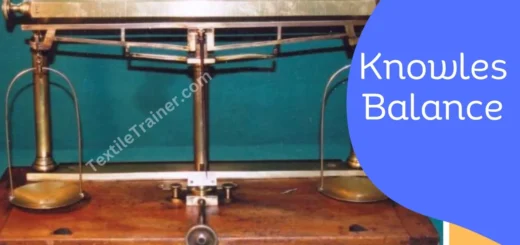Top 20 Tools for Garment Pattern Drafting in Fashion Design
Experiment Name:
study on top 20 tools for garment pattern drafting in Fashion Design/Study on the tools for drawing and drafting of patterns.
Introduction:
Garment pattern drafting tools are crucial for garment manufacturing as well as in the fashion design process. Basically, a pattern is a hard paper where different components of a garment are drawn according to the measurements of the garment. A pattern is a kind of 2-dimensional template. The pattern must be accurate to ensure proper fit. Some people say that the quality of a garment depends on the precision of the pattern. However, there are many tools are used for pattern drawing. Moreover, some common pattern-making tools are measuring tools, marking tools, drawing tools, and cutting tools.
Every garment pattern drafting tool has a specific function, such as L-squares, French curves are used for different shapes of garments, like arm holes. Every fashion designer should know the proper use of pattern drafting tools. Because it not only improves the drafting efficiency but also helps to minimize fabric wastage, it also reduces the production errors. However, this study aims to know the proper use and function of the pattern drawing tool. By gaining practical experience, one can build a strong foundation in garment design.
You may read: Drafting Arrangement System of Drawing Machine
Objectives
- To identify different tools used in pattern drawing and drafting
- To understand the function of each garment pattern drawing tools.
- To develop knowledge and handling skills for practical application of fashion design tools.
Garment Pattern Drafting Tools
Pattern drafting tools may be divided into four categories:
- Measuring tools
- Measuring tape
- Measuring scale
- T-square and L-square
- French curve
- Hip curve
- Pattern master
- Grading ruler
- Marking tools
- Pencils or chalk
- Tracing wheel
- Pattern notcher
- Cutting tools
- Scissors
- Fabric scissor
- Paper cutting scissors
- Rotary cutter
- Pinking shears
- Scissors
- Other essential tools
- Pattern paper
- Pattern cardboard
- Dress form or mannequin
- Pattern weights
- Masking or sellotape
- Self-healing cutting mat
- Awl or puncher
Working procedure
- Initially, all pattern drawing tools were collected and arranged on the table.
- Then, each pattern drafting tools were observed and noted.
- The lab instructor briefs on the function of each tool individually.
- Now, drafting a basic pattern by using these tools
- All observations were recorded.
Function of Garment Pattern Drafting Tools
Let’s come to learn the function of all pattern drawing and drafting tools one by one.
1.Measuring tape
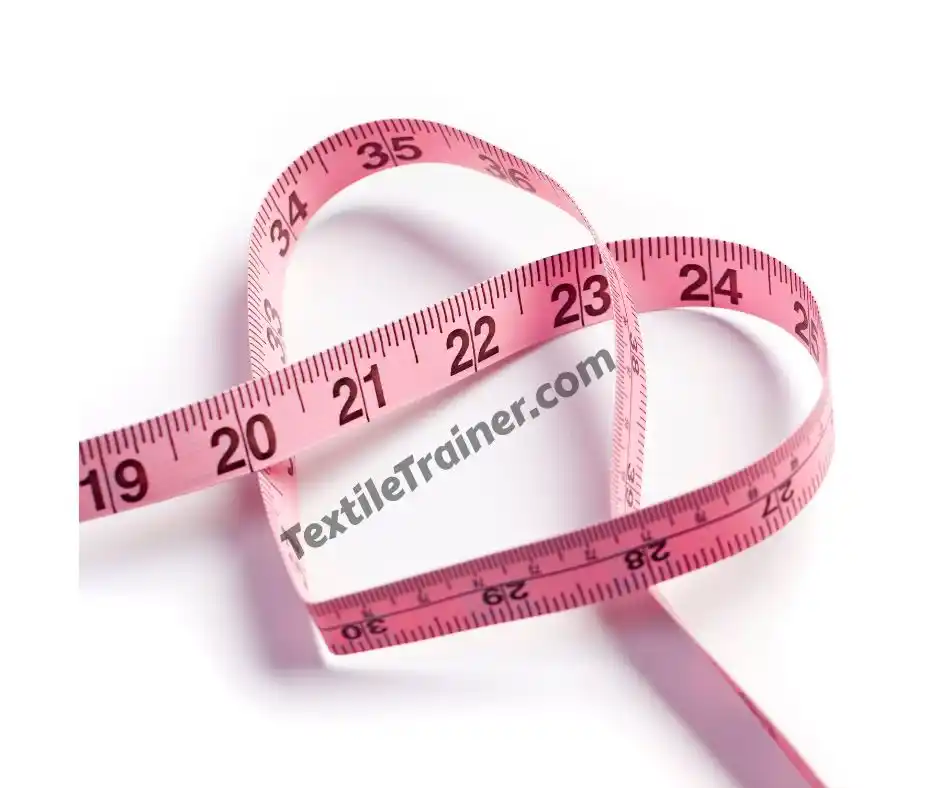
A measuring tape is a flexible strip. It is usually made of fiberglass or plastic. A measuring tape used for taking body measurements and measuring curved. Generally, it is crucial for measuring waist, hip, inseam, body length, and sleeve length, etc.
2. Measuring scale
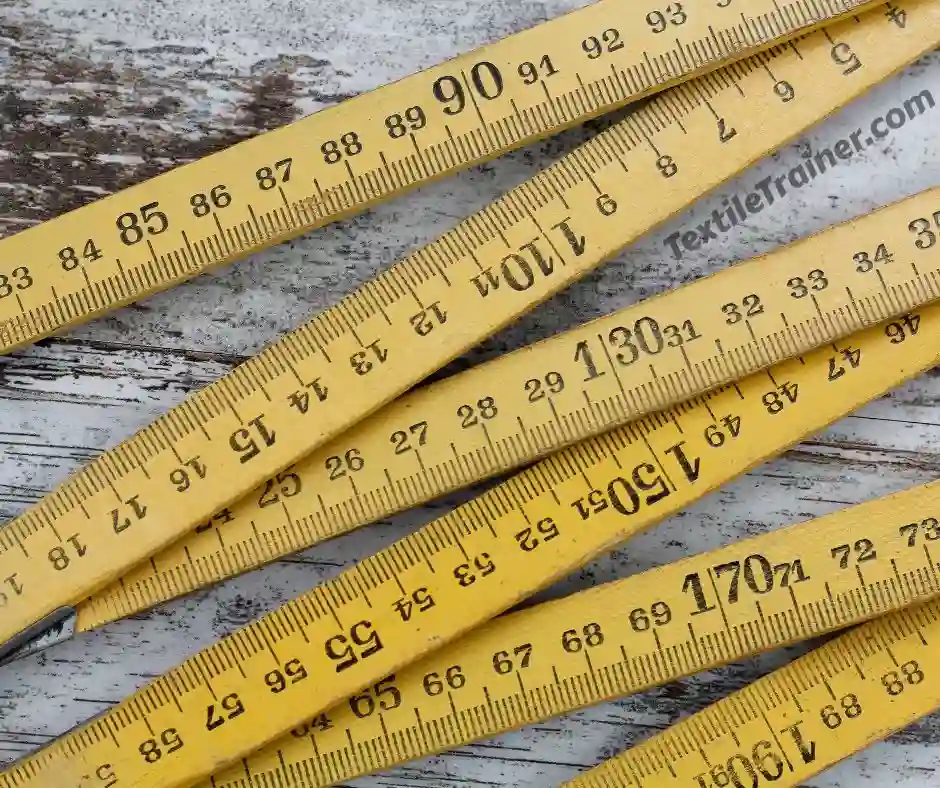
A measuring scale is a rigid and straight ruler. It is made of plastic or metal. A scale is used for drawing straight lines and measuring fabric or paper patterns.
3. T-square and L-square
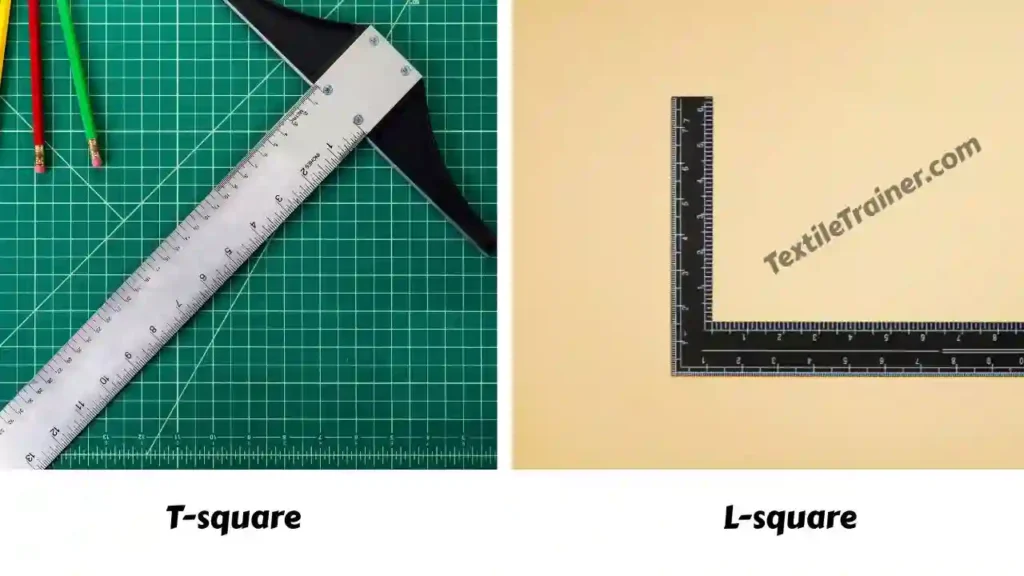
These scales are used for drafting vertical and horizontal lines. Besides, L-square helps in shaping patterns at right angles.
4. French curve
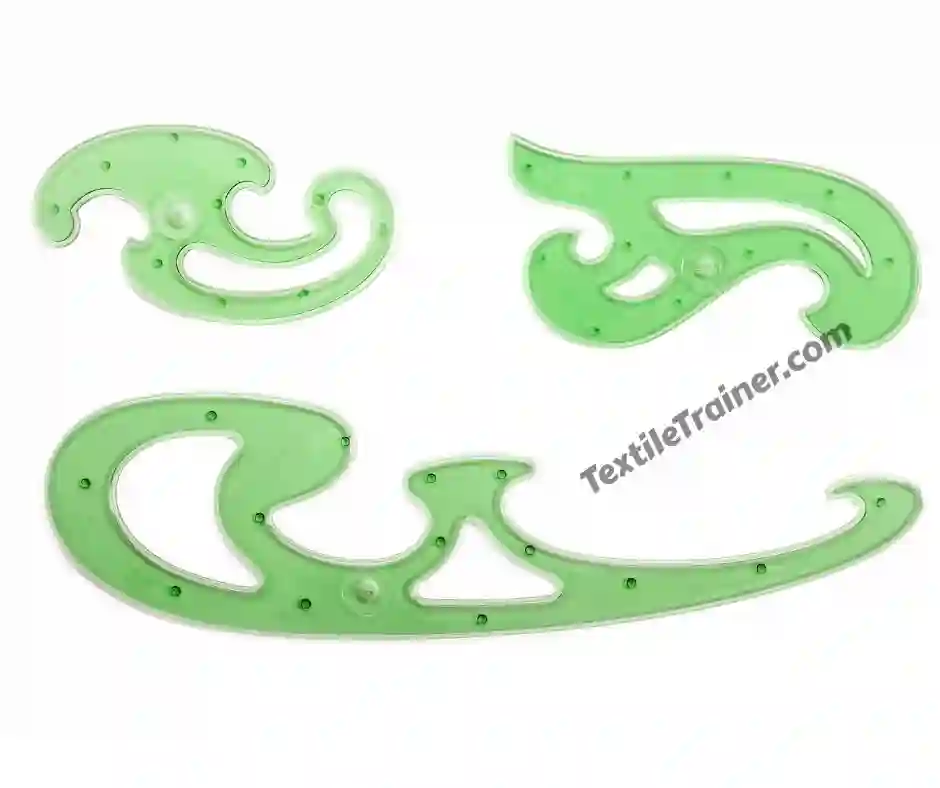
A French curve is used for drawing smooth curved lines. It helps to ensure accuracy in curved pattern components. Moreover, a French curve is used to draw armholes, necklines, and sleeve caps.
5. Hip curve
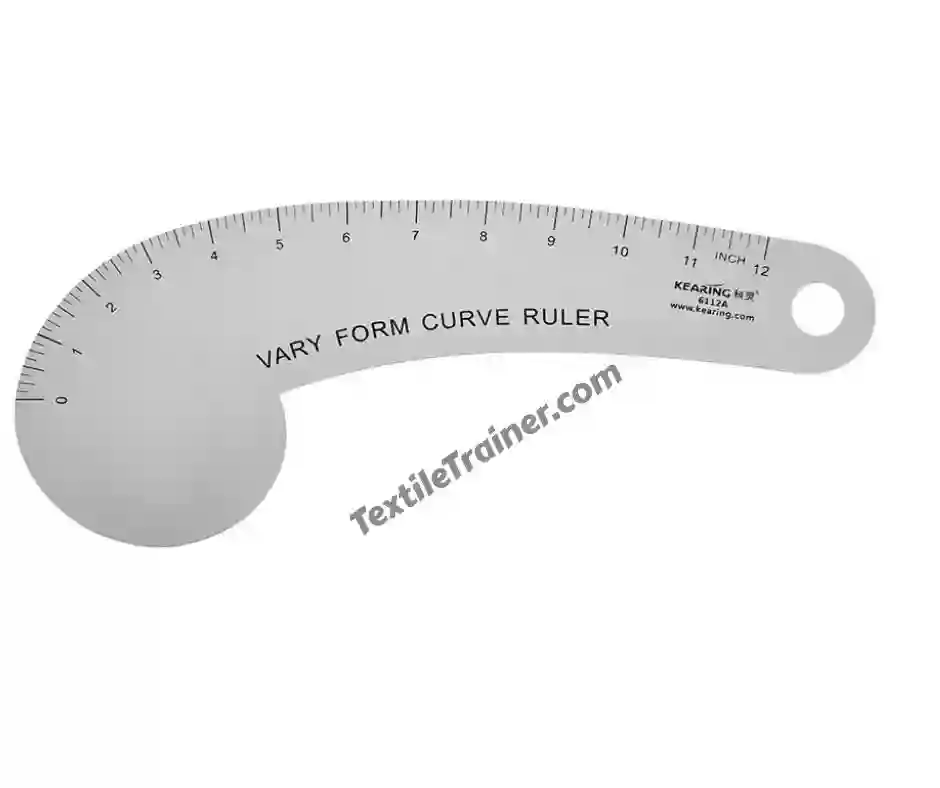
A hip curve is a long, slightly curved ruler. It is used for drawing side seams, hip lines, and waist shaping. But it is ideal for large curved areas on the body.
6. Grading ruler
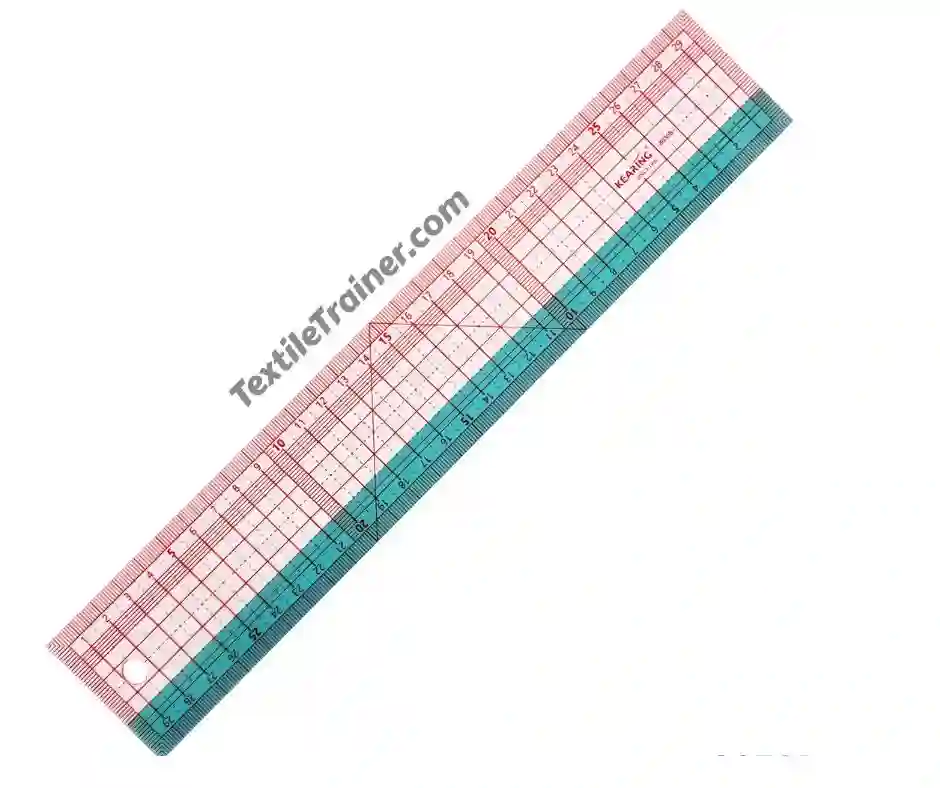
A grading ruler is used for grading patterns into multiple sizes by adding or reducing measurements proportionally. A grading ruler ensures consistent sizing across a size range.
7. Pattern master
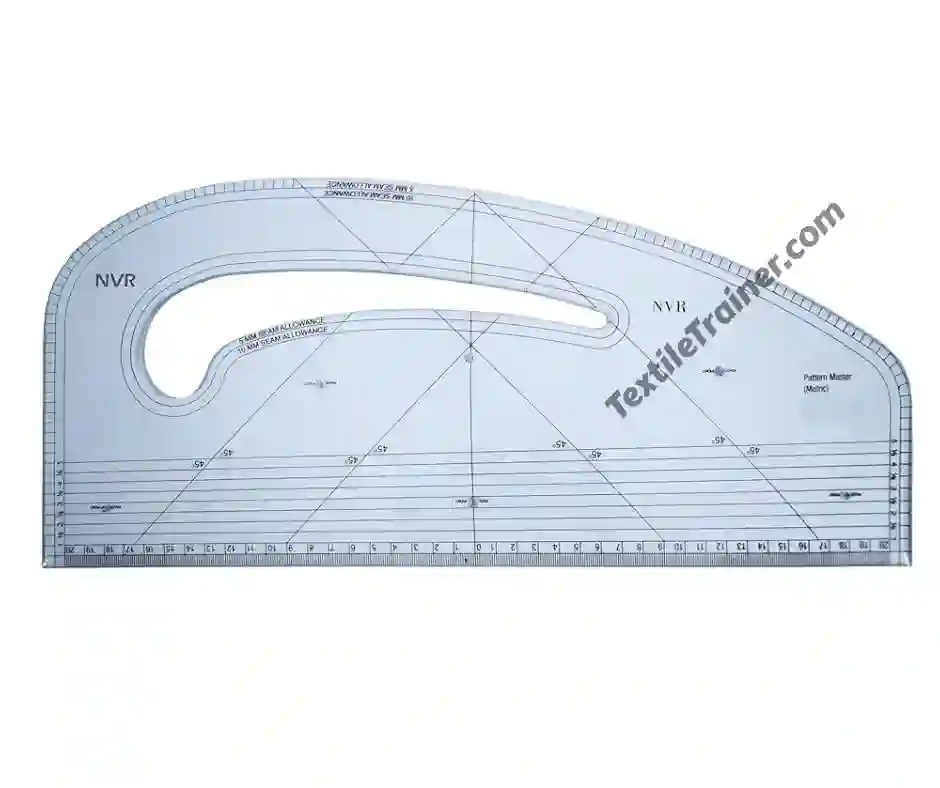
These pattern tool is a multifunctional tool. It is combining a straight ruler, French curve, hip curve, and grading scale in one.
8. Pencils or tailor’s chalk
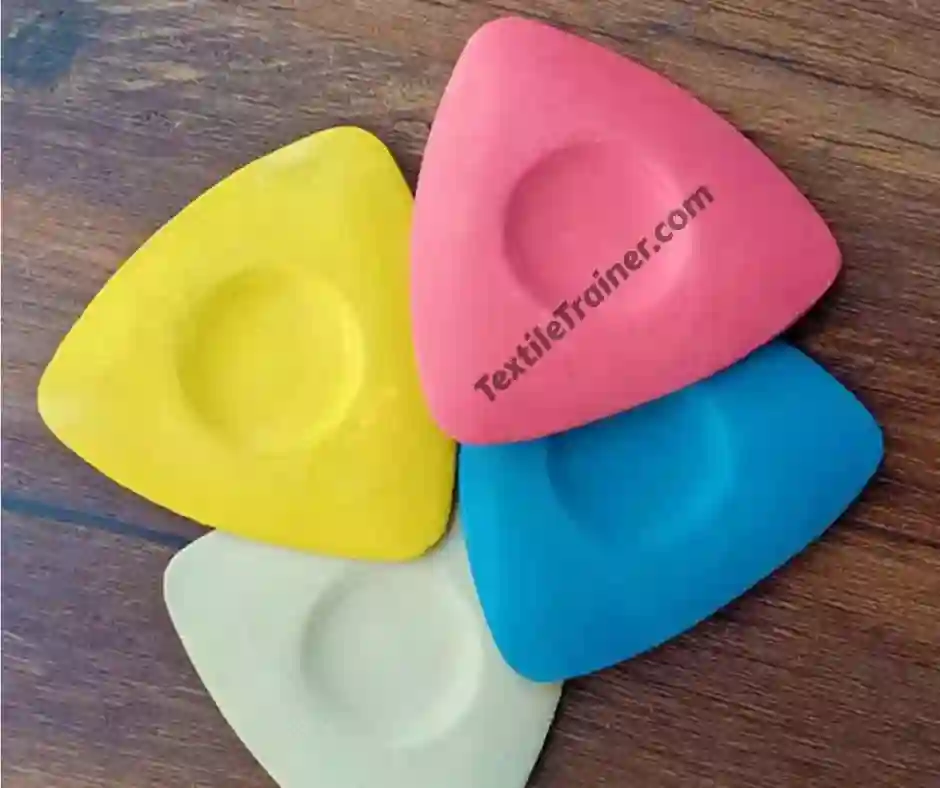
Pencils or tailor’s chalk is used for make temporary marking on fabric or paper patterns. It helps to marking on fabric for cutting lines, darts, notches as well as stitch guides. Tailor’s chalk is easy to wash out or erase.
9. Tracing wheel
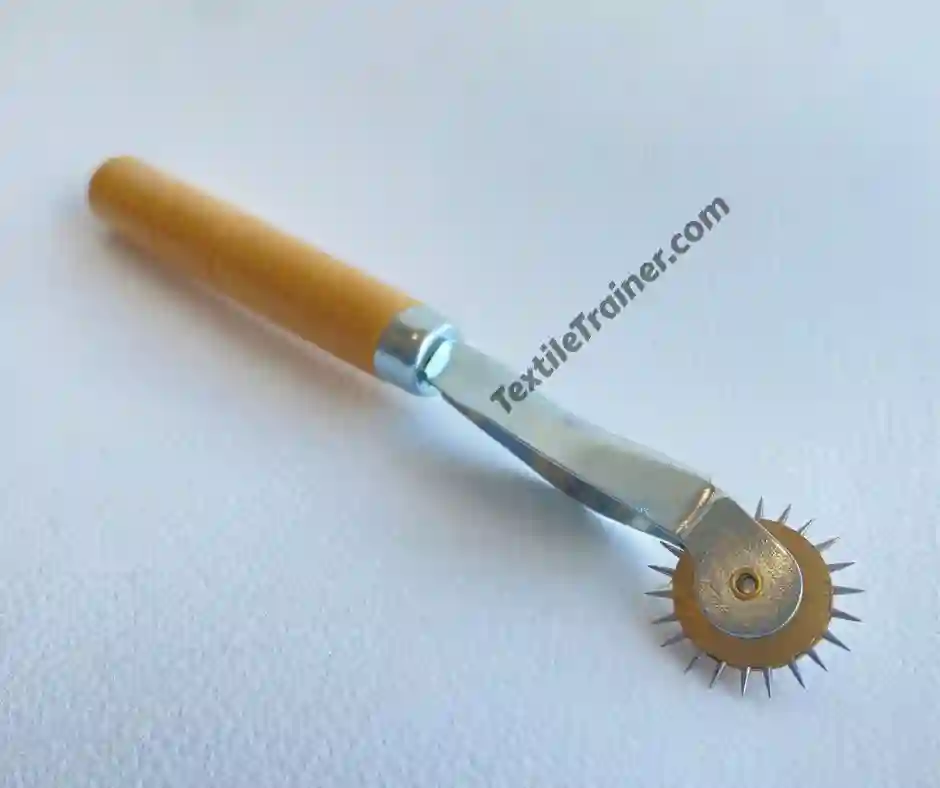
It is a small, spiked wheel. It use for transfer pattern makings onto fabric or another sheet of paper. Sometime it is used as a carbon paper for tracing with cutting.
10. Pattern notcher
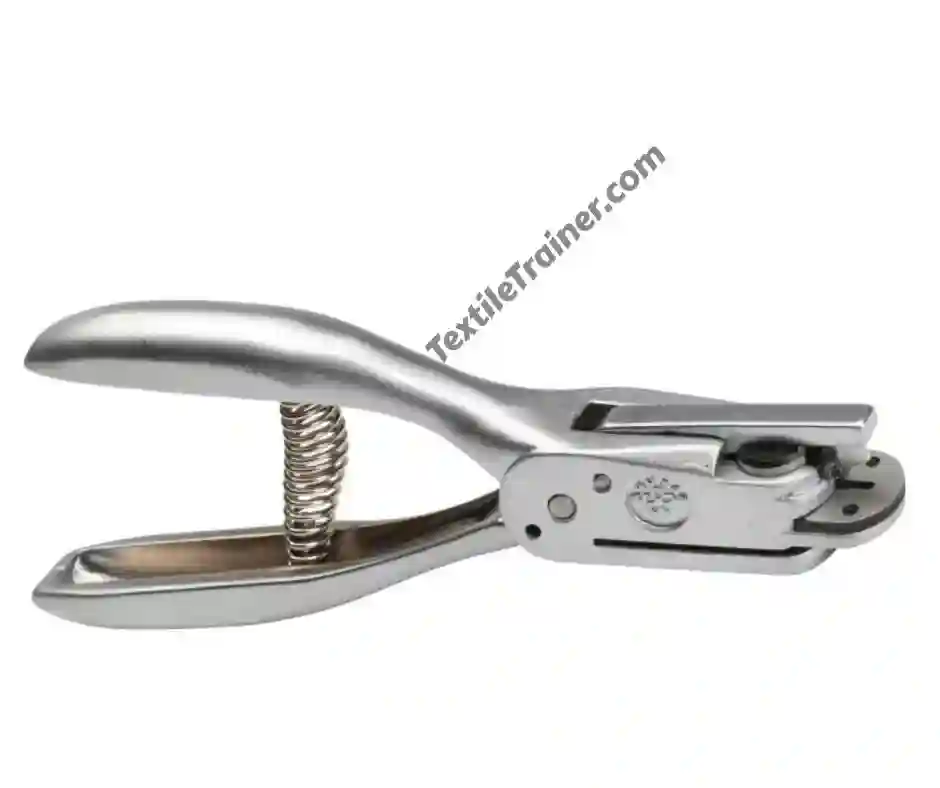
It is used for cutting small U or V shaped notches in pattern edges. These notches help align fabric pieces accurately during sewing.
11. Scissors
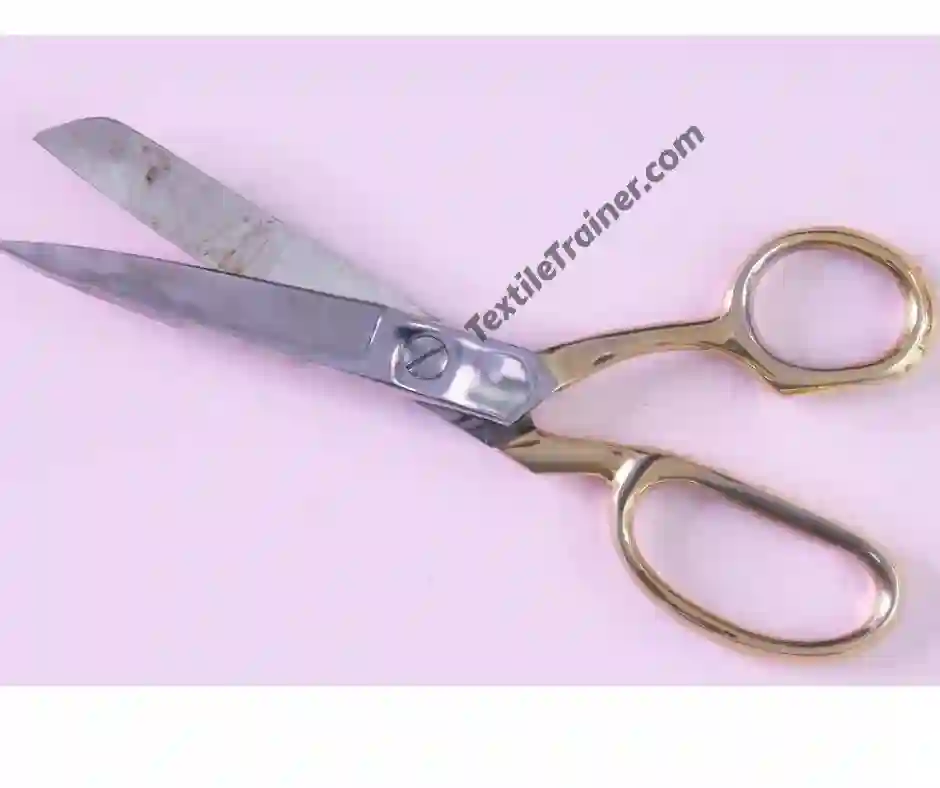
Scissors is used for cutting fabric. There are two types scissors used in garment pattern section. One scissor is called fabric scissors used for cutting fabric smoothly without fraying. Other scissor is designed for cutting pattern paper.
12. Rotary cutter
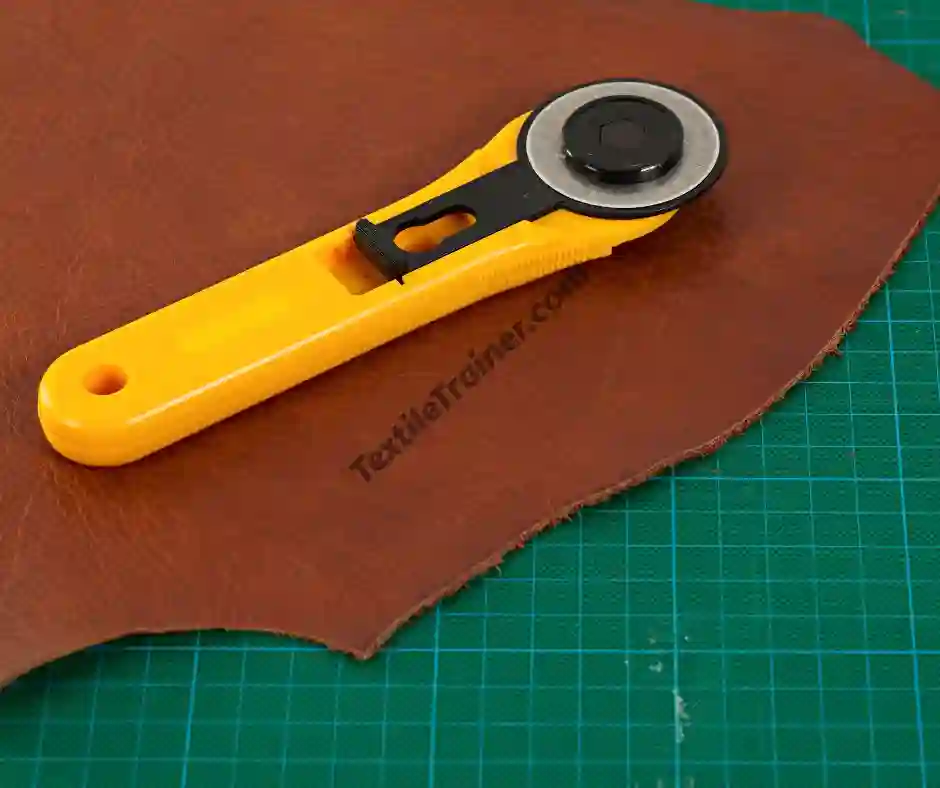
In rotary cutter, a rolling blade is used for cutting fabric in clean and straight lines. It is especially designed for cutting multiple layer fabric.
13. Pinking shears
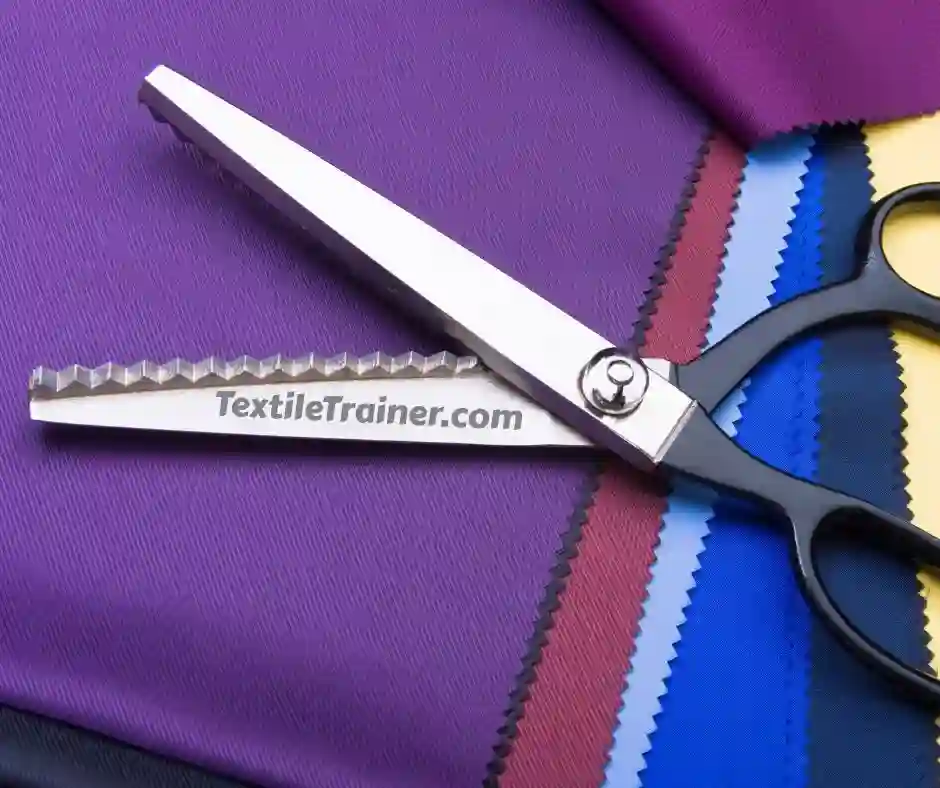
These tool is one kinds of scissors with a zigzag blade. It is used to trim the fabric edges. It helps to prevent fraying without overlocking.
14. Pattern paper
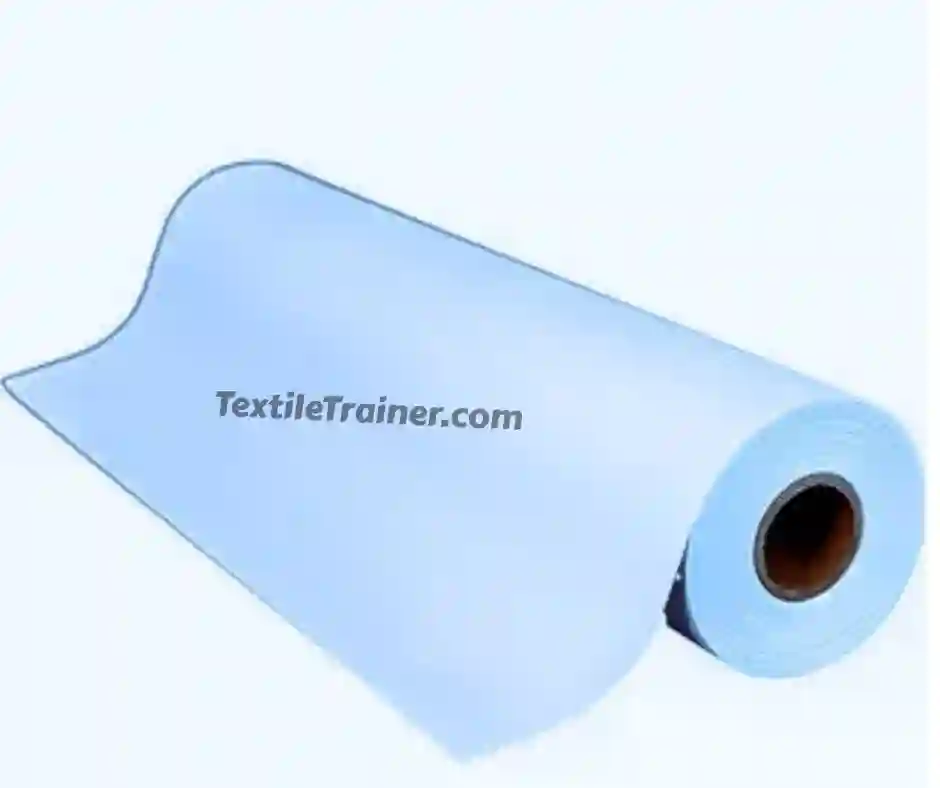
This paper is a large sheet of plain or dotted paper. It is used for draw full scale garment patterns. It also allow easy modifications and tracing.
15. Pattern cardboard
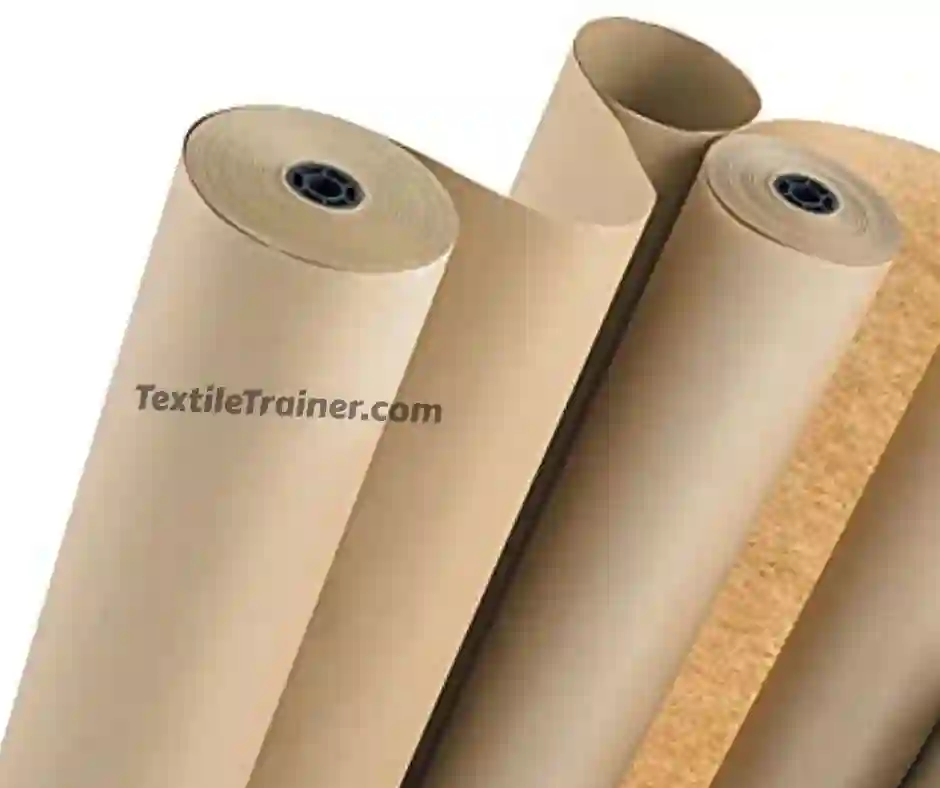
Cardboard is thicker, durable material. It is used for making final or master patterns. It suitable for repeated use.
16. Dress form or mannequin

It is a 3D representation of human torso. This tool is used for draping fabric, checking pattern fit. It also helps for visualizing design.
17. Pattern weights
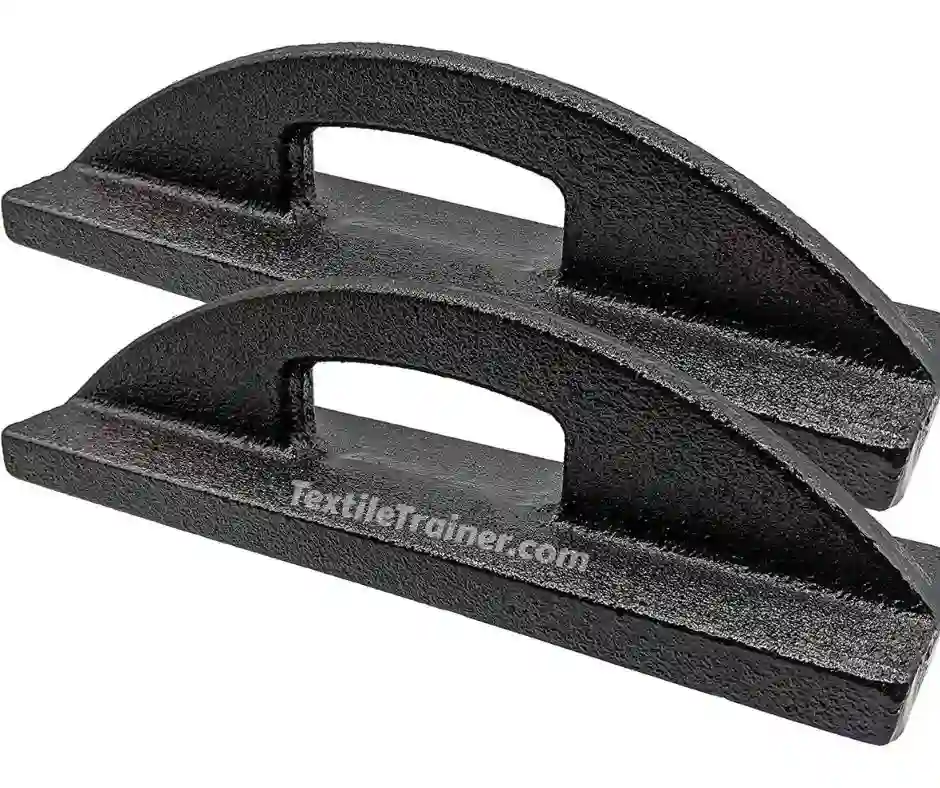
This weights is a small, heavy objects. It is used to hold down pattern paper on fabric while cutting or tracing. It helps to avoiding the need for pins.
18. Masking or sellotape
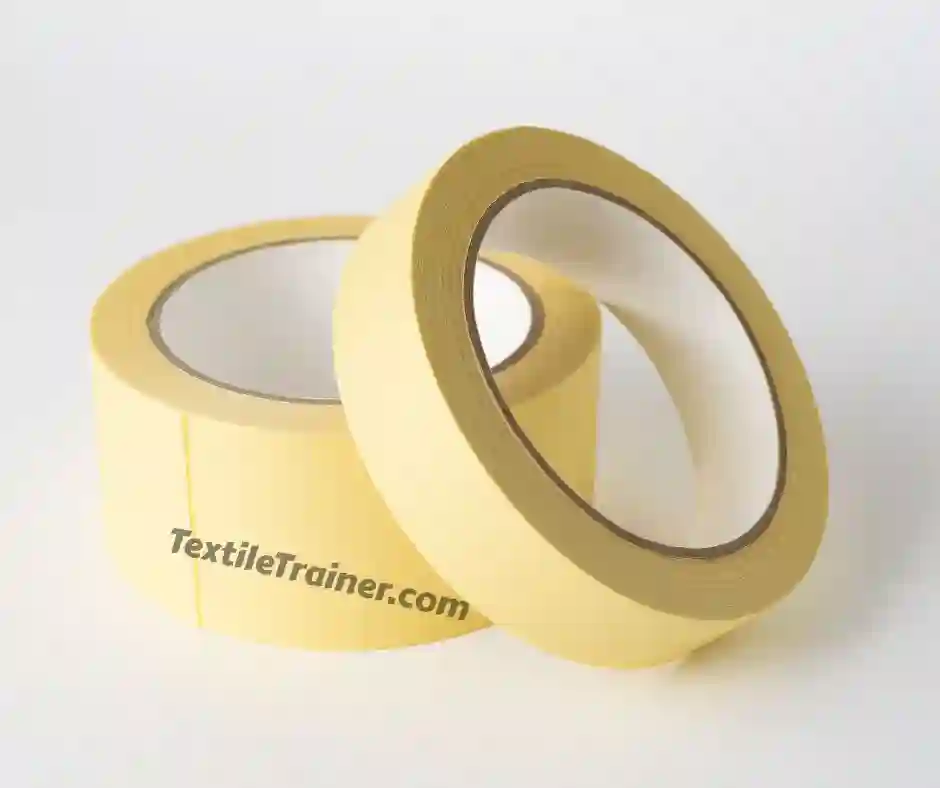
This tool is used to attach or adjust pattern pieces during drafting. It also useful for temporarily fixing paper on surfaces.
19. Self-healing cutting mat
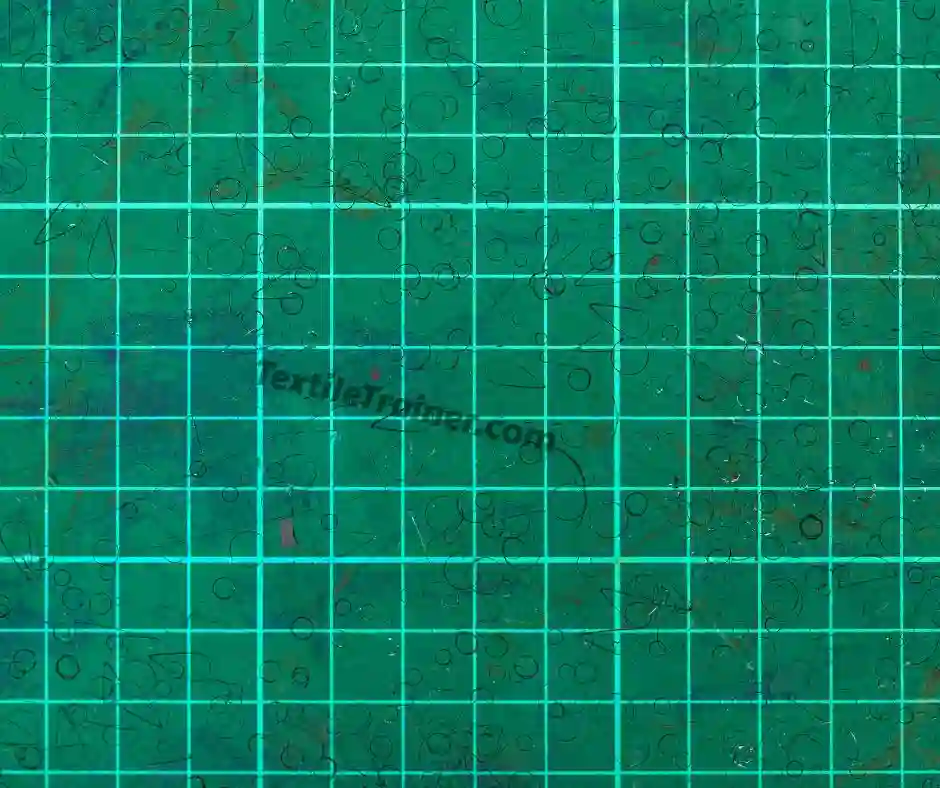
This mat is a protective surface for cutting fabric with rotary cutters. It automatically reseals small cuts and protects table surfaces.
20. Awl or puncher
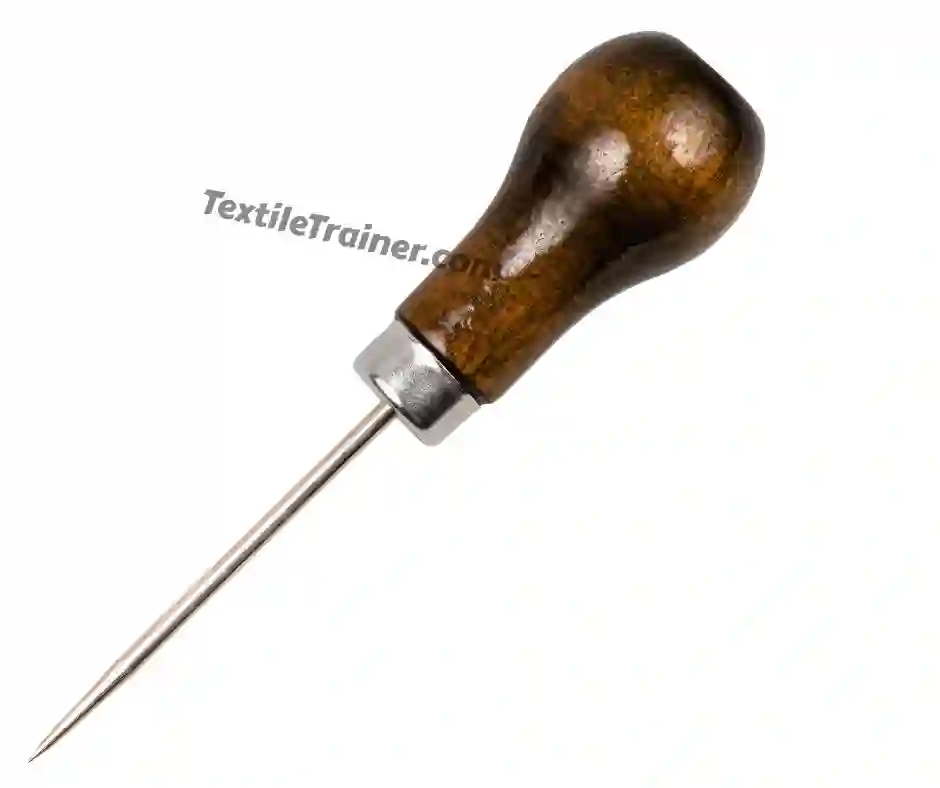
It is a pointed tool. It is used for making small holes in pattern pieces for indicating dart points, buttonholes or pocket placements
Conclusion
This lab report provided a bast knowledge about various pattern making tools used in pattern drawing and drafting process in the garment as well as in fashion industry. From this lab report learned the specific functions of measuring, marking, cutting, and supportive garment pattern drafting tools for accurate pattern development. Thanks teacher for help us.
You May Read


